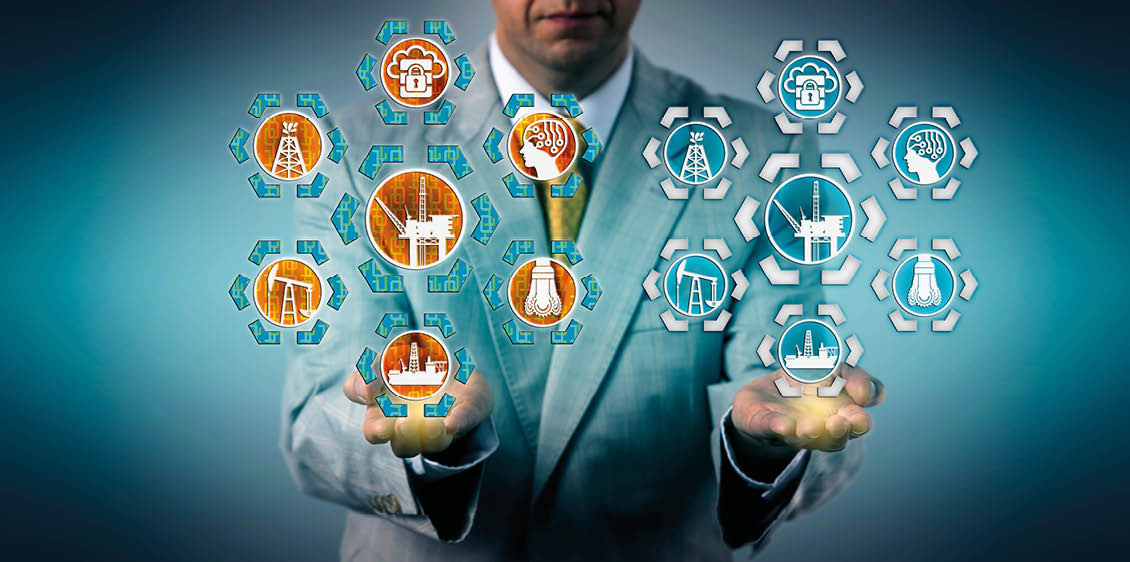How do you process data so it’s usable? This question came up at a real estate seminar recently but it can equally be applied to the oil and gas sector. Whether you’re trying to monetise climate risk or find new ways to extend the life of offshore assets, getting access to usable data is a vital part of the equation.
It’s also key to an industry in transition. Follow the data down the yellow brick road to more automated, more efficient and less energy intensive assets. “Digitalisation will be the backbone of the energy transition,” noted John Markus Lervik, CEO and founder of the software company Cognite in a recent interview. While this could be taken as a little self-serving from a CEO with a large stake in the industry’s digital future, he has plenty of evidence to back him up.
If we all agree that the oil and gas sector is likely to survive well into the second half of this century and beyond, then getting digital is indeed fundamental. Safety, sustainability, effectiveness and profitability can all be enhanced by what Lervik presents as the ‘democratisation’ of data. This means getting information, often in real time, to more people who can act on it quickly and cost effectively to improve an asset’s performance.
The Austrian operator OMV, a Cognite client which operates 30 oil platforms with more than 300 wells, is a good example of digitalisation in action. The company is developing a digital twin of its assets to support asset integrity, reduce downtime and generally cut the cost of maintenance. This, the interested parties believe, will reduce planned shutdowns by as much as 30%, boosting production by around 700,000 barrels a year. The value of these efficiency gains is estimated at a whopping $38 million a year and if, as seems likely, the oil price holds its own for the time being, this can only get better.
Using 3D imagery, the digital twinning of assets can produce a virtual world to support practical, remote decision-making. It brings more people into the loop and it provides a unified view of maintenance activities. No wonder Lervik is bullish about this and other automated developments, such as a digital discharge and emissions project which Cognite is working on with Aker BP and the World Economic Forum. The ultimate aim is to reduce an operator’s environmental footprint and improve transparency along the road to Net Zero. And the proof of course is usable data.




